Investigation exposes the use of Swiss arms in war zones
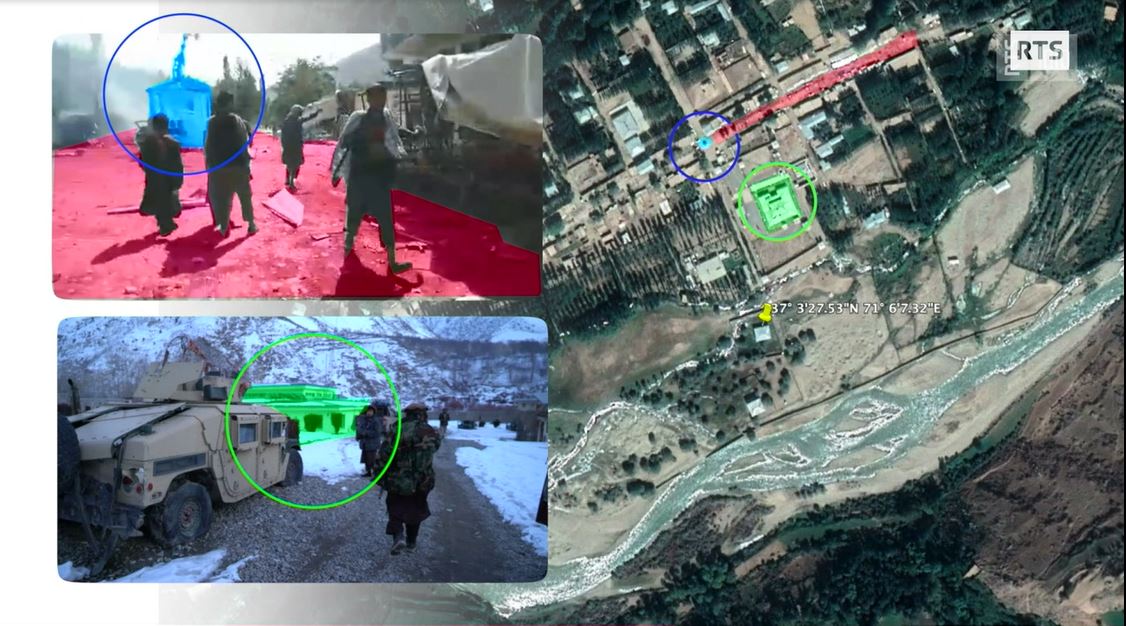
Every year, Switzerland exports military equipment worth several hundred million francs. Although Swiss law bans arms deliveries to countries at war, Swiss weapons have been found in conflict zones in Afghanistan and Yemen, as a new media investigation reveals.
Exports of Swiss military equipment are subject to a range of restrictionsExternal link to prevent Swiss-made arms resulting in human rights violations. Swiss law bans the sale of arms to countries in conflict, and the destination countries for weapons must promise not to re-export them.
However, a new joint investigationExternal link has revealed the illegal presence of Swiss military equipment in war zones in Afghanistan and Yemen and its use against civilians. In cooperation with the Netherlands-based NGO Lighthouse Reports, around ten journalists from the Swiss public broadcaster units SRF and RTS and the NZZ am Sonntag newspaper analysed hundreds of videos and photos accessible on the internet. These were then corroborated on the ground.
A Pilatus civilian aircraft used in bomb strikes
The report shows the use of a Swiss Pilatus aircraft, a PC-12, for directing bombing strikes in Afghanistan. RTS reports on the “strategic importance” of the aircraft’s role in a fatal bomb strikeExternal link in July 2021. Journalists from the RTS current affairs TV programme Temps PrésentExternal link met witnesses who confirmed that the strike caused both Taliban and civilian casualties.
According to the investigation team, the aircraft was one of 18 planes exported from Switzerland to the US, then to Afghanistan where it was handed over to the Afghan armed forces. Pilatus are presented as being civilian aircraft and are exported as such. “The PC-12 is not considered military equipment, or even ‘dual use’ – for civilian and military purposes. So the sale escaped all the restrictions on military equipment exports,” RTS said.
The aircraft delivered to the US underwent modifications before being sent to Afghanistan. “A pressurised double door, antennas, cameras and other surveillance equipment has been added,” RTS says. Pilatus itself boasts about the versatility of its model, which can “be transformed in a few minutes for a variety of special missions.”
When the Taliban seized power in August 2021, there were a number of indications suggesting that several Pilatus planes belonging to the American and Afghan armies had fallen into their hands. RTS managed to procure images showing that the Taliban was in possession of at least two aircraft. Neither the Swiss government nor the company were willing to comment on this matter.
Swiss assault rifles in Yemen
The investigation also confirmed the use of Swiss arms by Saudi Arabian forces against Houthi rebels in YemenExternal link. To confirm this, the journalists researched images of a Saudi navy operation where at least three of the soldiers filmed were carrying Sig Sauer 551 assault rifles. These weapons, manufactured in canton Schaffhausen in northeast Switzerland, “bear several very distinctive features”, RTS reveals.
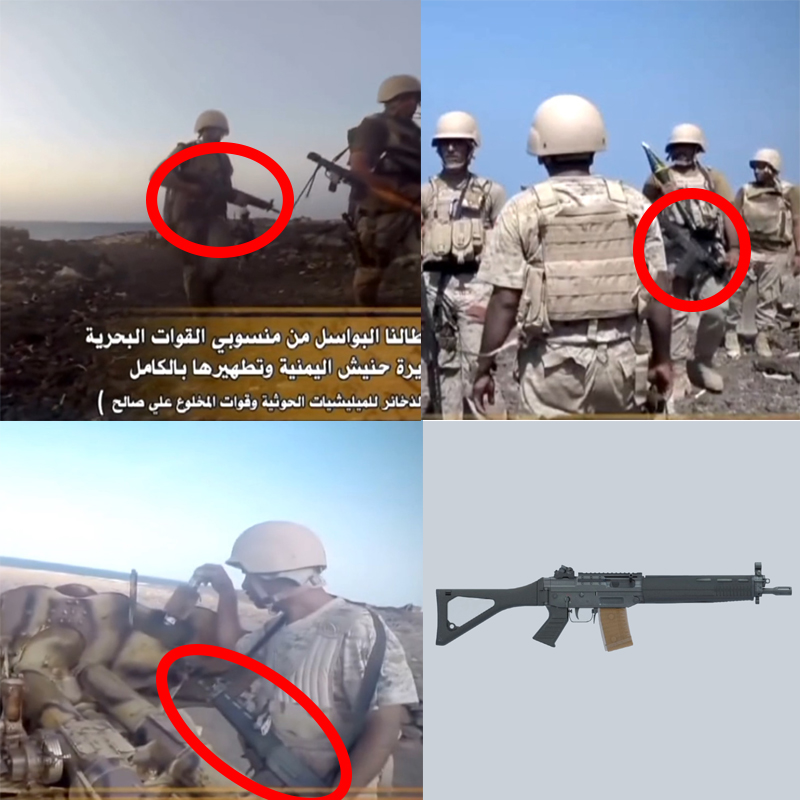
The team of journalists was also able to confirm that these images were shot on the Hanish archipelago, a Yemeni territory that is considered strategic.
“There is detailed evidence… of Swiss arms being used in an operation in Yemen that has an impact on civilian life,” Leone Hadavi of Lighthouse Reports tells RTS. The Gulf state has been divided in two for over six years, with one part controlled by the Houthis supported by Iran, and the other by loyalist forces with assistance from Saudi Arabia. A maritime and aerial blockade has prevented millions of civilians from getting access to food and other essential items.
In 2018, the German-language newspaper Blick warned about the use of Swiss arms in this war, but the State Secretariat for Economic Affairs (SECO), which is responsible for monitoring armaments exports, felt that the accusations were not convincing enough, RTS reports.
SECO confirmed to RTS that 106 assault rifles had been exported to Saudi Arabia, as well as 300 machine guns. But it said these transactions date from 2006, before the start of the conflict. Switzerland has only restricted the use of military equipment that it sells since 2012. In 2021, parliament rejected a motion proposing a complete ban on arms sales to Saudi Arabia. Neither the government nor the company Sig Sauer were willing to comment on the use of these guns in the Yemen conflict.
RTS also reported that Switzerland had exported 30 Piranha armoured vehicles – manufactured in canton Thurgau by Mowag – to Brazil.
The Brazilian authorities said they needed them for a peacekeeping operation in Haiti, but only four vehicles were sent there. The others were refitted to be used more offensively in the fight against drug-trafficking in the middle of Rio’s favelas.
In one of the favelas, the Temps Présent team interviewed a man who had been caught in crossfire while the Brazilian army was deploying a Piranha vehicle. The man was hit by several bullets, which left him paralysed and he had to have one leg amputated.
SECO conducted inspections on the ground and concluded that there was no reason not to deliver the armoured Mowag vehicles to Brazil.
Denounced as ‘hypocrisy’
Commenting on these revelations, the centre-left Social Democrat parliamentarian Baptiste Hurni told RTSExternal link that “Swiss legislation suffers from a double hypocrisy” – concerning the definition of war zones and what is considered military equipment. He doesn’t expect the law overseeing tighter export conditions, which was adopted in 2021External link, to change much.
“Saudi Arabia wasn’t considered a war zone, although we knew it was extremely unstable. That was the first hypocrisy,” said Hurni. “The second hypocrisy is what I call the ‘baseball bat syndrome’. If you sell ten baseball bats to a criminal group, do you know if they are going to play baseball with them? No, they are probably going to use them for criminal purposes.” According to the Swiss lawmaker, “that’s exactly what happened” with the Pilatus plane.
Switzerland is a ‘very small supplier’
On the right of the political spectrum, the view is that once Switzerland has sold military equipment, it is very difficult to prevent its use in conflicts. “These objects can be sold on and unfortunately end up in a third country which is in conflict,” the centre-right Radical senator Olivier Français told RTS. “We have to be in a position to defend ourselves so we can’t completely disarm our country.”
While he doesn’t think changing the system would be helpful, Français recognises that tracing exports is a problem. Military equipment sold abroad cannot be prevented from being resold, as the investigation showed for the Pilatus aircraft.
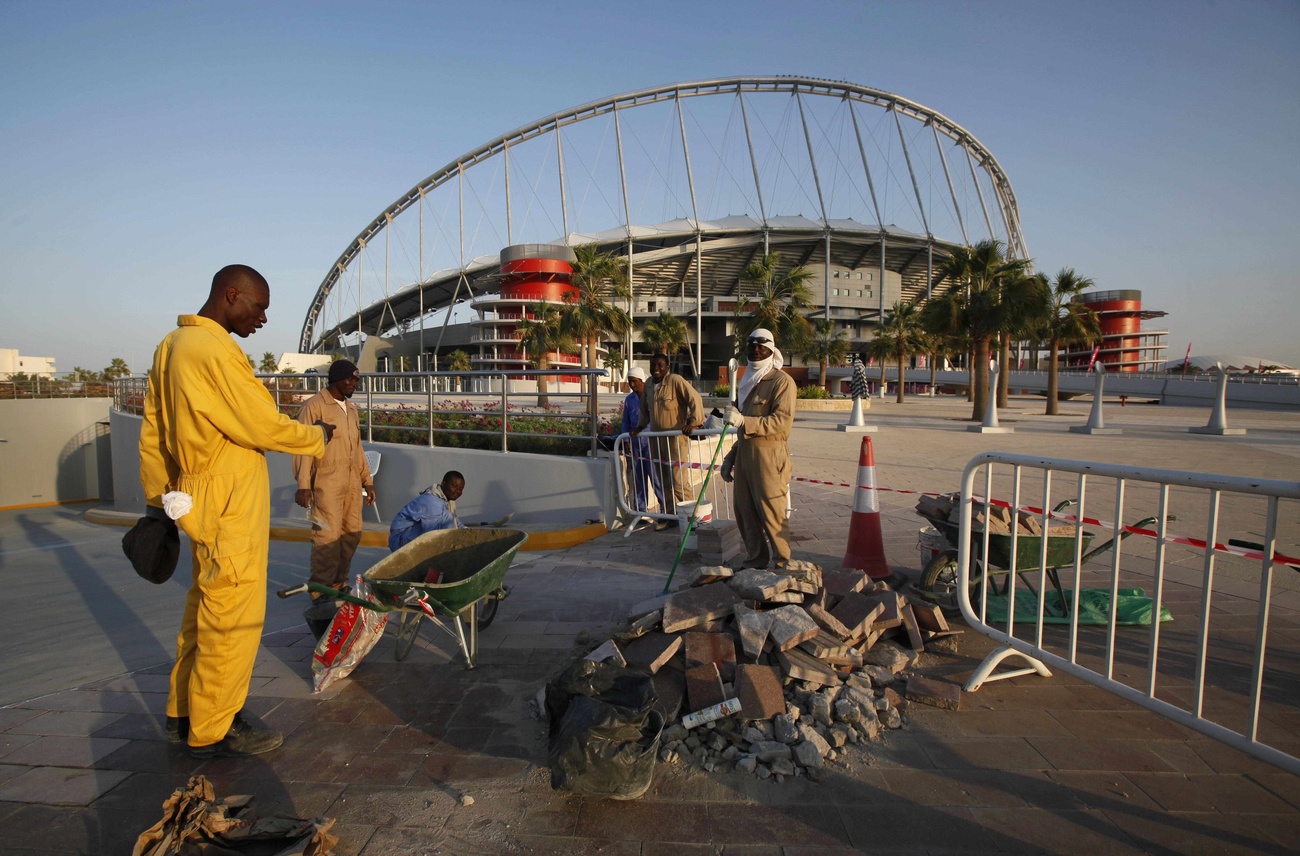
More
The controversial lucrative business of Swiss arms deals
He added that Switzerland is “a very small supplier… in comparison to several other countries which surround us.” In 2019 and 2020, Switzerland accounted for less than 1% of the global volume of arms exports.
But the fact remains that the arms sector is important for the Swiss economy: the value of exports of military equipment has risen continually since 2016 and reached a record CHF900 million in 2020.

In compliance with the JTI standards
More: SWI swissinfo.ch certified by the Journalism Trust Initiative









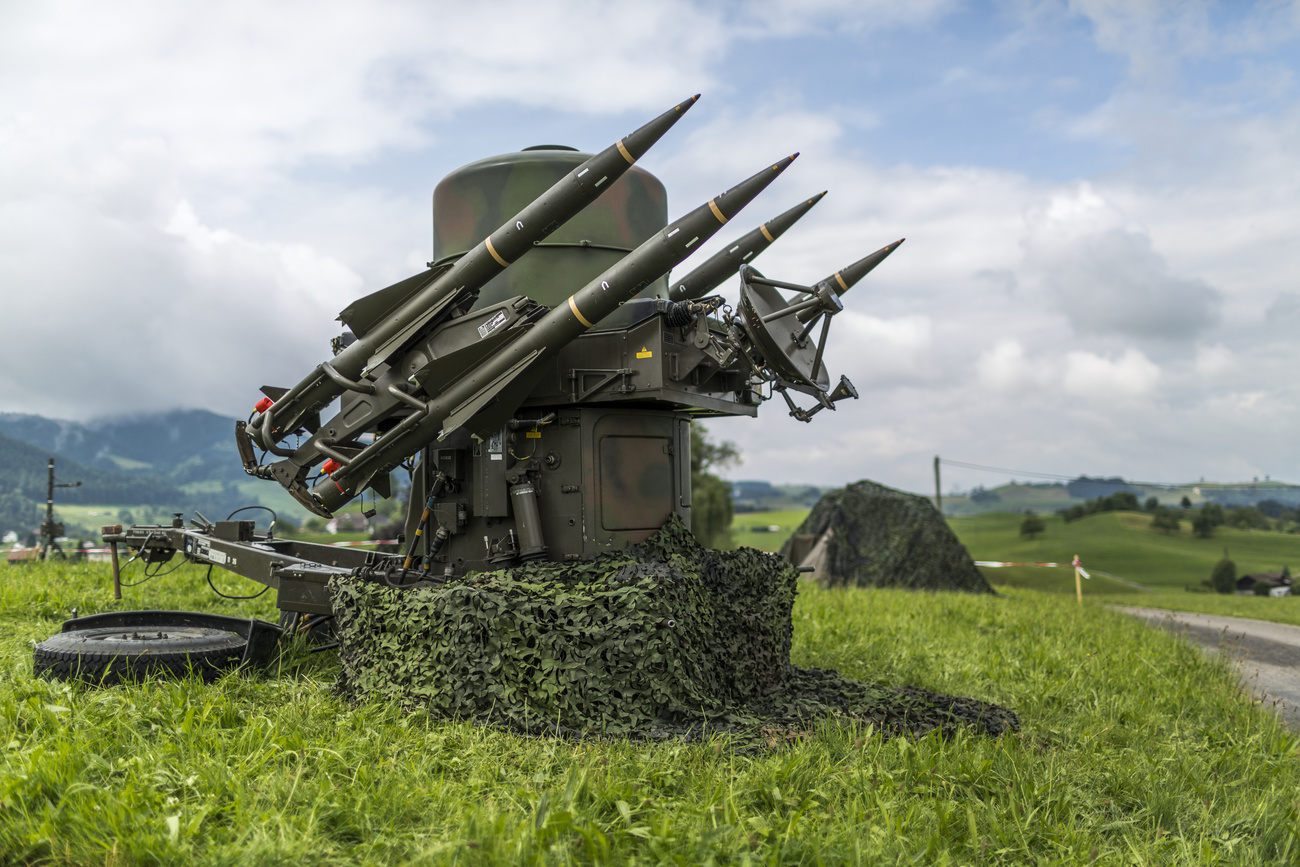
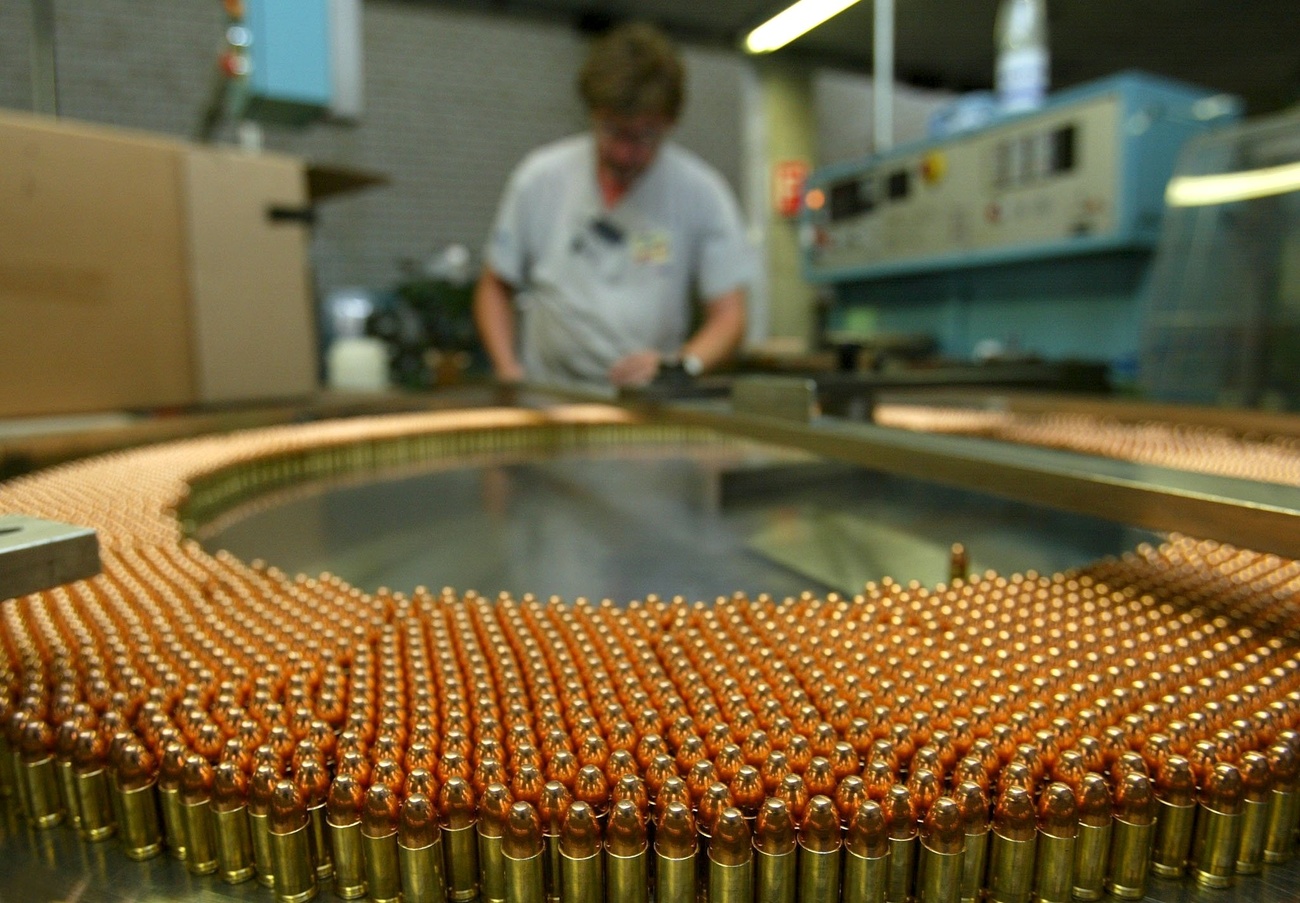
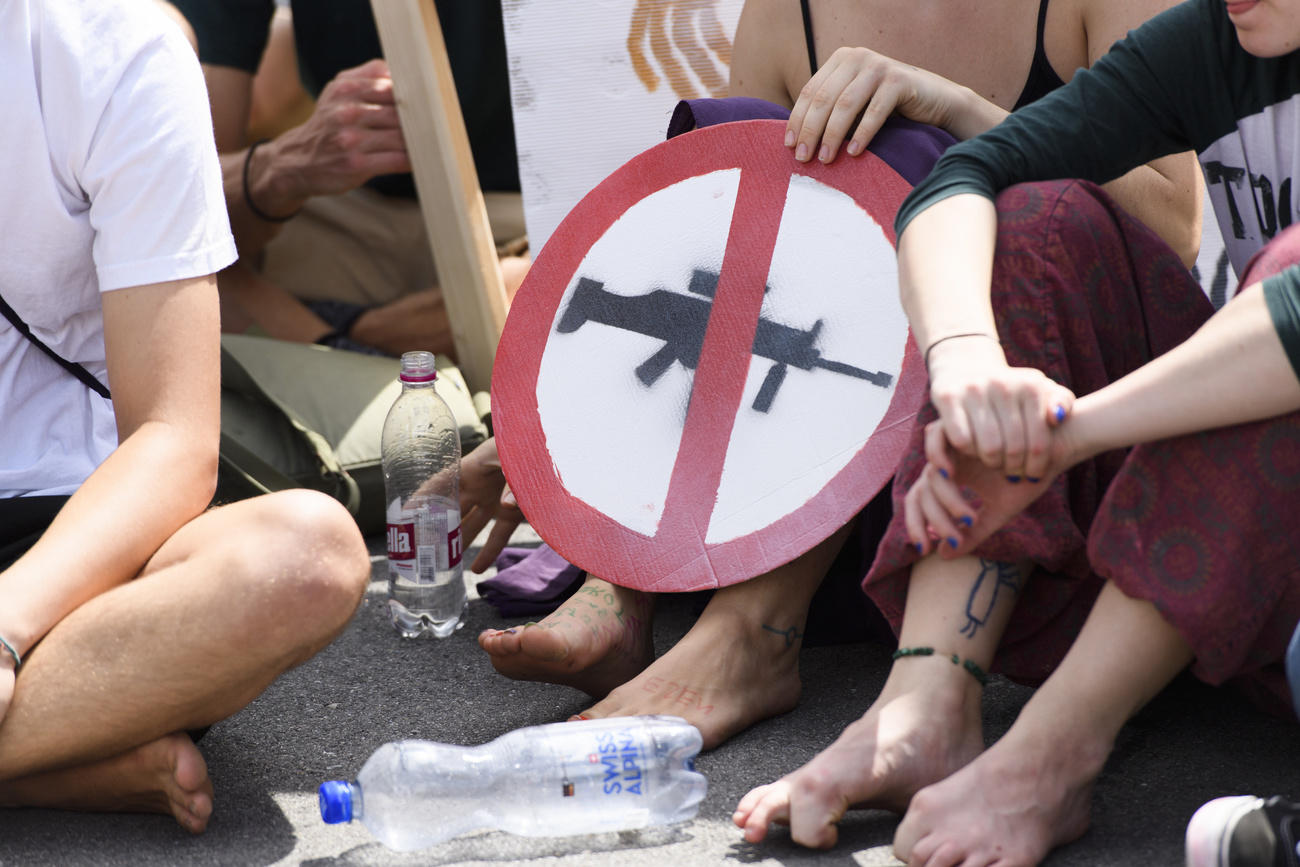


Join the conversation!